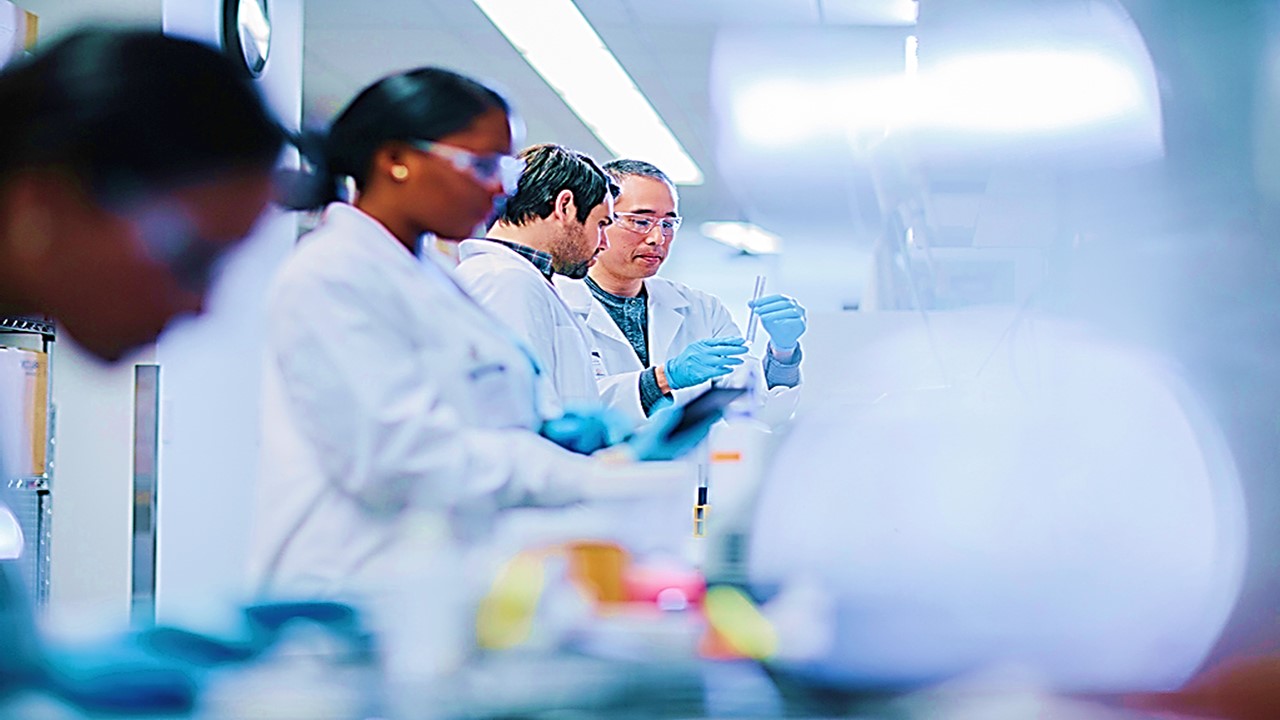Decentralized clinical trials (DCTs) and digital health technologies (DHTs) are poised to transform the landscape of medical research. These groundbreaking approaches enable research participants to engage in trials remotely through cutting-edge digital health tools.
Unveiling DCTs and DHTs
In the realm of clinical trials, DCTs signify a paradigm shift, where some or all trial activities unfold outside conventional clinical settings. These alternative venues encompass participants’ homes, local healthcare facilities, or nearby laboratories. DCTs are seamlessly integrated with DHTs, which encompass systems designed to capture healthcare data directly from individuals. These systems encompass a wide range of portable instruments, including activity trackers, glucose monitors, blood pressure monitors, and spirometers. Moreover, DHTs extend to interactive mobile applications, allowing participants to assess their quality of life, pain levels, cognitive functions, and more.
The Surge of a Multifaceted Catalyst
DCTs and DHTs are gaining substantial momentum in clinical research due to a confluence of factors. Technological advancements have streamlined the collection, transfer, and storage of electronic data. Patients and healthcare providers are increasingly tech-savvy, embracing telemedicine and digital health solutions.
The global impact of the COVID-19 pandemic spotlighted the need for remote trial elements, from informed consent agreements to data collection and patient monitoring through telemedicine. The constraints imposed by travel restrictions and physical distancing accelerated the adoption of remote trial components.
Notably, patient preferences have played a pivotal role. Many clinical trial participants express a preference for receiving treatments at home or local clinics rather than navigating long journeys to traditional research sites. This shift towards convenience in trial participation has profound implications for recruitment and retention. DHTs, with their capacity for continuous data collection during routine activities, offer insights into treatment efficacy and safety in real-world scenarios.
Practically, DCTs hold the potential to reduce long-term costs, minimizing or even eliminating the resources required by traditional sites, although initial investments in technology and training may be necessary.
Bridging the Diversity Gap in Clinical Research
One of the persistent challenges in clinical research is the underrepresentation of racial and ethnic minority populations. Clinical trials serve as the foundation for evaluating treatment safety and effectiveness. However, the homogeneity of trial participants may not capture the diverse responses to treatments among different age groups, biological sexes, races, and ethnicities.
DCTs and DHTs emerge as promising solutions to enhance inclusivity in clinical trials. These approaches dismantle barriers to participation, particularly for older individuals and those with disabilities who may find traditional clinical trial sites physically demanding. Additionally, participants with household and childcare responsibilities can more easily align trial commitments with their schedules. DCTs open doors to research for individuals residing in areas lacking clinical research facilities, fostering equity in access.
Navigating the Challenges of Implementation
While the prospects of DCTs and DHTs are compelling, implementation is not without hurdles. Robust security measures are imperative for the storage of electronic data and the safe transportation of treatments, including refrigeration if required. Participants and clinical research staff must acquire proficiency in using these technologies safely and effectively, including self-administering experimental treatments at home. Managing data from multiple remote sources necessitates adept data management skills and platforms.
Yet, DCTs and DHTs may inadvertently introduce technical challenges. Participants uncomfortable with wearable sensors or those lacking access to technology may opt-out. This potential bias could lead to a trial participant pool skewed toward younger, tech-savvy individuals, diverging from the broader patient population.
The Evolution of DCTs and DHTs
The trajectory of DCTs and DHTs is poised for continued growth as technology evolves and familiarity with these innovations deepens. However, the transition to an entirely remote clinical trial landscape remains unlikely, as certain trial activities will continue to necessitate in-person visits to clinical trial sites. Hybrid models that blend on-site and remote elements are expected to become more prevalent, offering the flexibility to conduct trials in a manner that best suits the research and participants’ needs.
Engr. Dex Marco Tiu Guibelondo, B.Sc. Pharm, R.Ph., B.Sc. CpE
Subscribe
to get our
LATEST NEWS
Related Posts

Clinical Trial Supply Chain
From Chaos to Control: The Clinical Reinvention of Supply Chain through Data-Driven Infrastructure
In a healthcare landscape increasingly dominated by automation and AI, it’s tempting to see technology as a cure-all.

Clinical Trial Supply Chain
Deciphering the Nexus: Cluster Analysis in Shaping Regional Supply Chain Hubs
Cluster analysis has become instrumental in understanding and optimizing supply chains.













